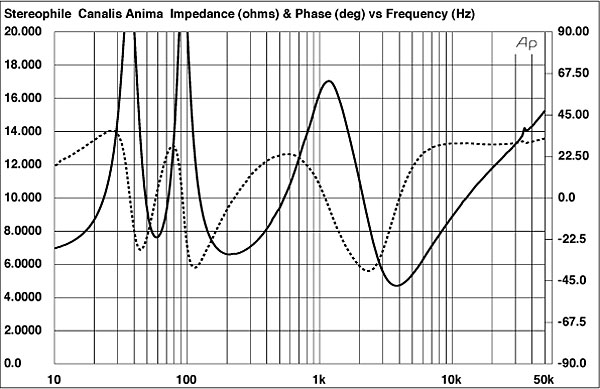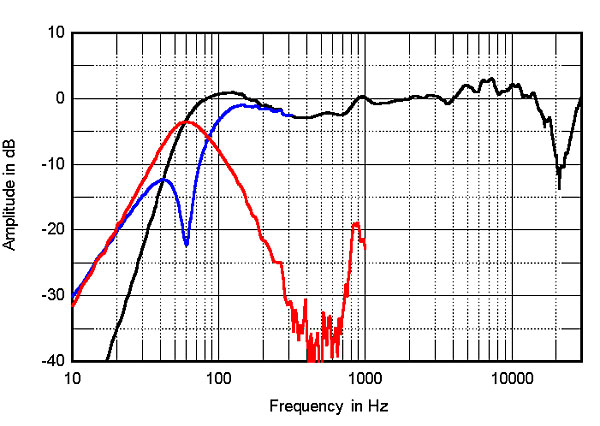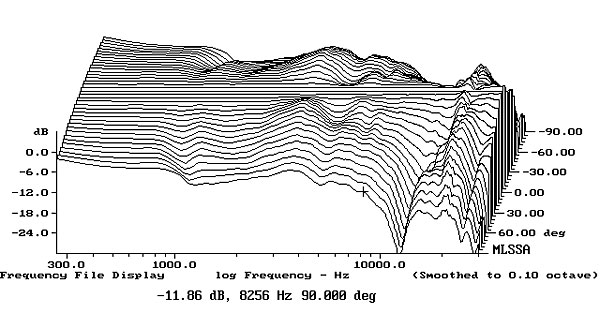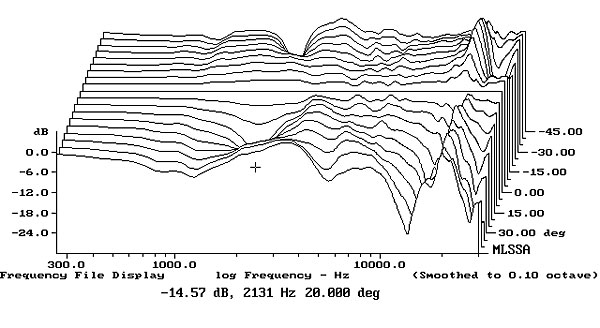| Columns Retired Columns & Blogs |
I was reading the article when something jumped out at me: $800 for a sheet of bamboo plywood!
The only way I can figure out how to pay $800 a sheet for plywood is: pay $200 for the largest/highest quality sheet of bamboo + $600 tip?
I love the use of bamboo as a building material as it is head and shoulders above MDF, but seriously why lie about what it costs? High quality bamboo plywood has a fairly stable commodity price; any supplier charging $800 per sheet is high as a kite.
Also: the F3 is 60Hz not 44Hz , the bass load behavior is a classic reflex with 24db/oct. roll off not a QB3 design with 18db/oct. , and their does not appear to be a BSC network on the woofer (as JA hinted) not even a "proprietary Joachim Gerhard DC-Module" (god help us).
I can see why manufactures lie about specs, cost, design, and features but Stereophile get your $%*# together and stop posting the manufactures' ad copy in your articles like it is actually true. This is lazy and irresponsible













































